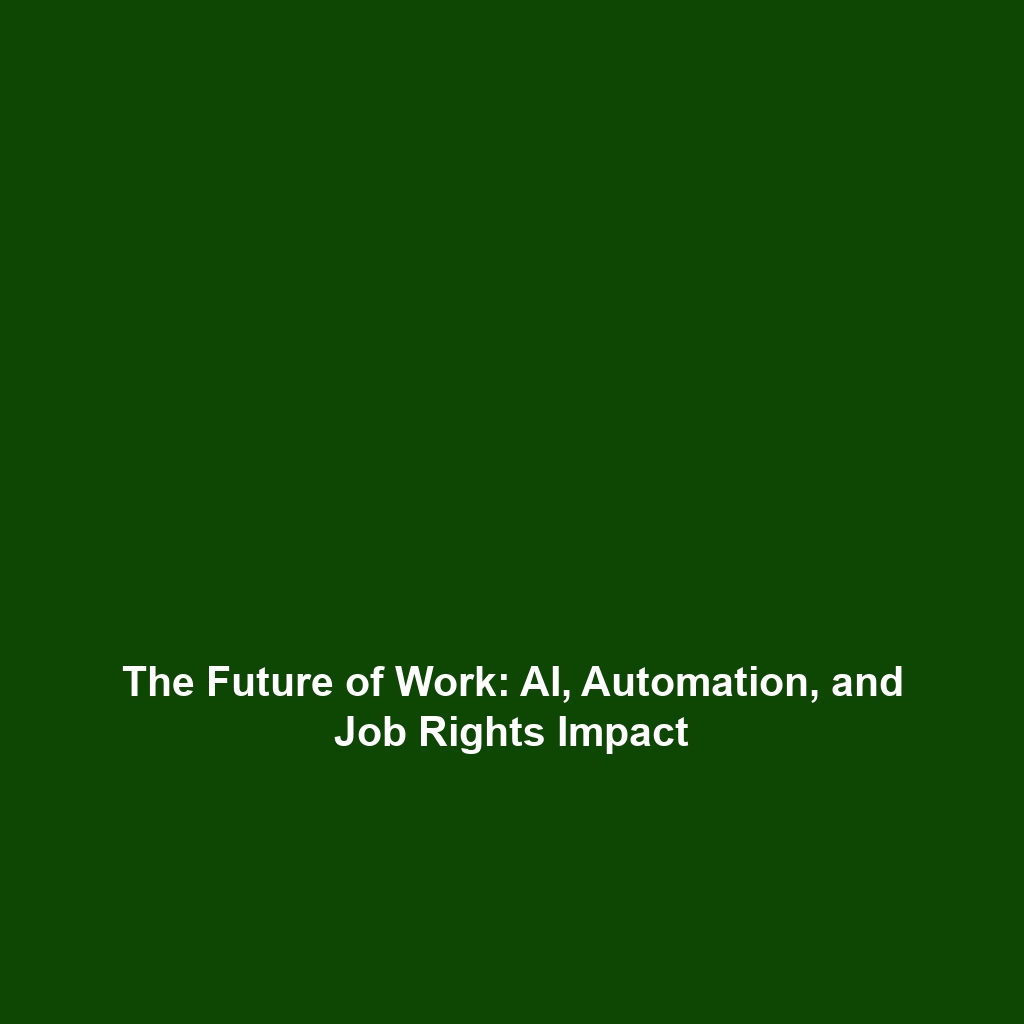Blockchain and Cryptocurrency: A Cryptographic Perspective
Introduction
Blockchain and Cryptocurrency have emerged as groundbreaking technologies that play a crucial role in the field of Cryptography. These innovations are reshaping traditional financial systems and enabling secure peer-to-peer transactions without the need for intermediaries. Understanding the intersection of Blockchain technology and Cryptocurrency is vital, as it embodies the principles of decentralization, transparency, and security inherent in Cryptography. As digital currencies gain momentum, recognizing their cryptographic foundations will help us appreciate their significance in today’s digital economy.
Key Concepts
To grasp how Blockchain and Cryptocurrency operate within the domain of Cryptography, it is essential to explore several key concepts:
Decentralization
Decentralization is a core principle of both Blockchain and Cryptocurrency, allowing for distributed control among users and eliminating the need for a central authority.
Cryptographic Hash Functions
These functions play a pivotal role in securing transactions on the Blockchain. They ensure data integrity and authenticity, providing a mechanism for verifying transactions without exposing sensitive information.
Consensus Mechanisms
Consensus mechanisms like Proof of Work and Proof of Stake are fundamental to validating transactions and maintaining transaction integrity within a decentralized network. They utilize cryptographic algorithms to facilitate agreement among participants.
Applications and Real-World Uses
The applications of Blockchain and Cryptocurrency extend far beyond financial transactions. Here are some notable examples:
- Supply Chain Management: Blockchain enhances transparency and traceability in supply chains, allowing stakeholders to verify the authenticity of products.
- Smart Contracts: These self-executing contracts leverage Blockchain to automate agreements, ensuring that terms are executed as programmed without the need for intermediaries.
- Healthcare Records: Cryptographic technologies enable secure sharing of patient data among medical professionals while maintaining privacy.
Current Challenges
Despite the promising prospects of Blockchain and Cryptocurrency, several challenges persist:
- Scalability: Current systems struggle to manage large transaction volumes efficiently.
- Regulatory Issues: Unclear regulations create uncertainties for users and developers within the Cryptocurrency space.
- Security Vulnerabilities: Although Blockchain is secure, vulnerabilities in application layers can expose users to risks.
Future Research and Innovations
Looking ahead, ongoing research and innovations in Blockchain and Cryptocurrency are expected to yield transformative outcomes:
- Quantum-Resistant Cryptography: As quantum computing advances, developing cryptographic methods that safeguard Blockchain networks against potential threats is paramount.
- Interoperability Solutions: Future technologies aim to enhance communication between different Blockchain networks, fostering a more integrated digital economy.
Conclusion
In summary, Blockchain and Cryptocurrency represent a significant advancement in Cryptography, showcasing their capabilities in securing digital transactions and democratizing access to financial services. As these technologies continue to evolve, understanding their challenges and applications will be essential for leveraging their full potential. For further readings on related topics, check out our articles on Cryptographic Methods and Blockchain Applications in Various Industries.

